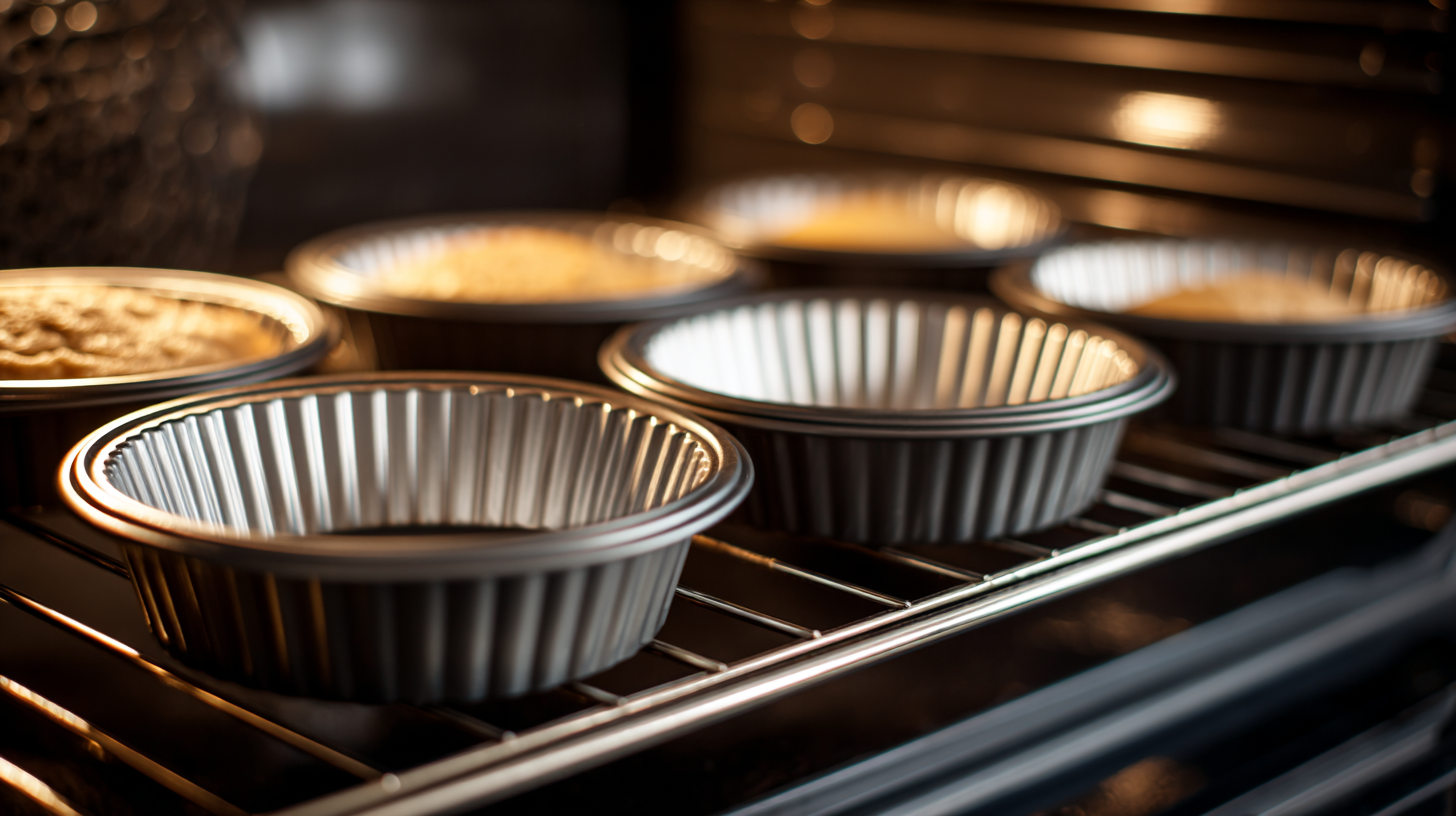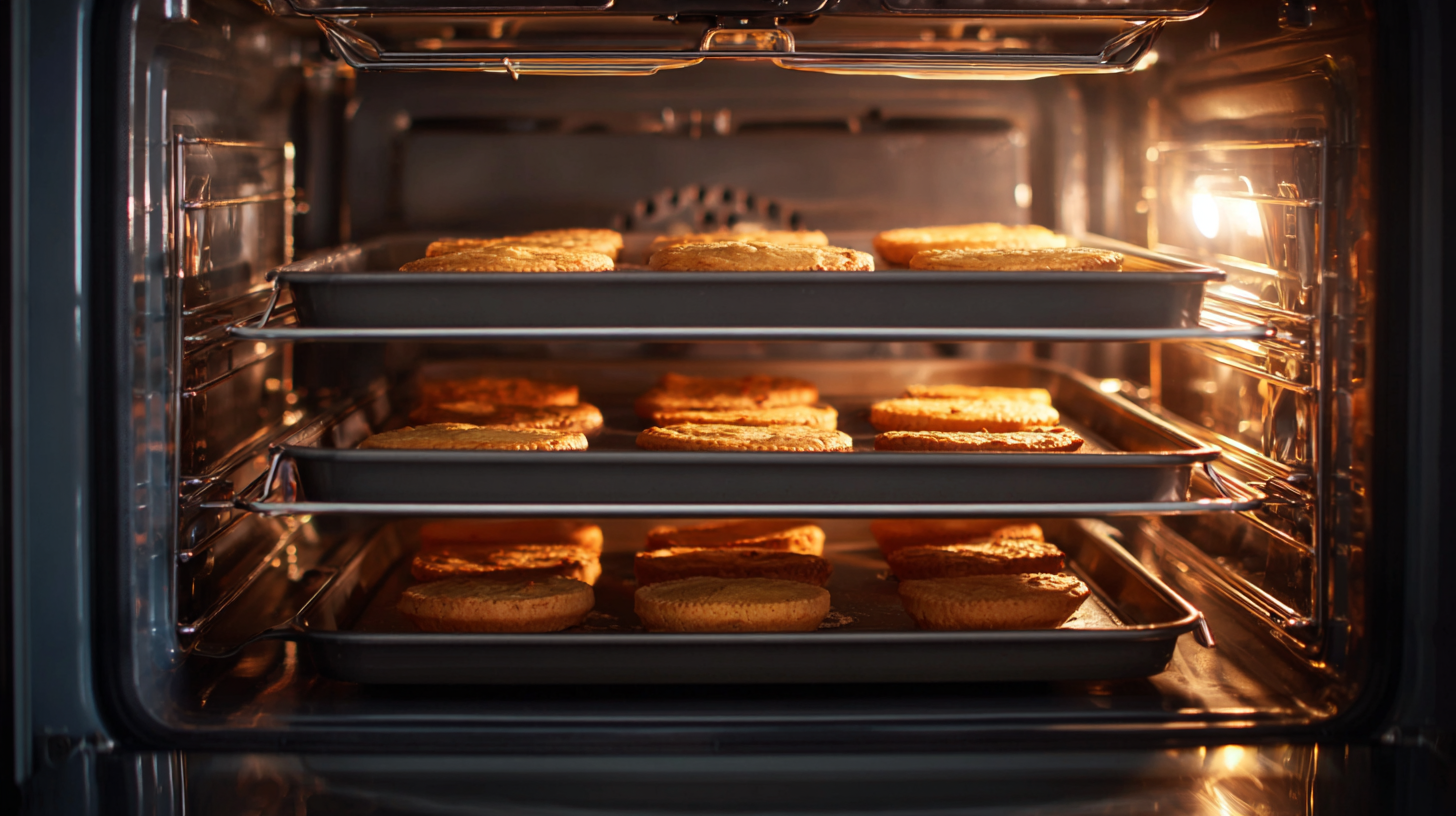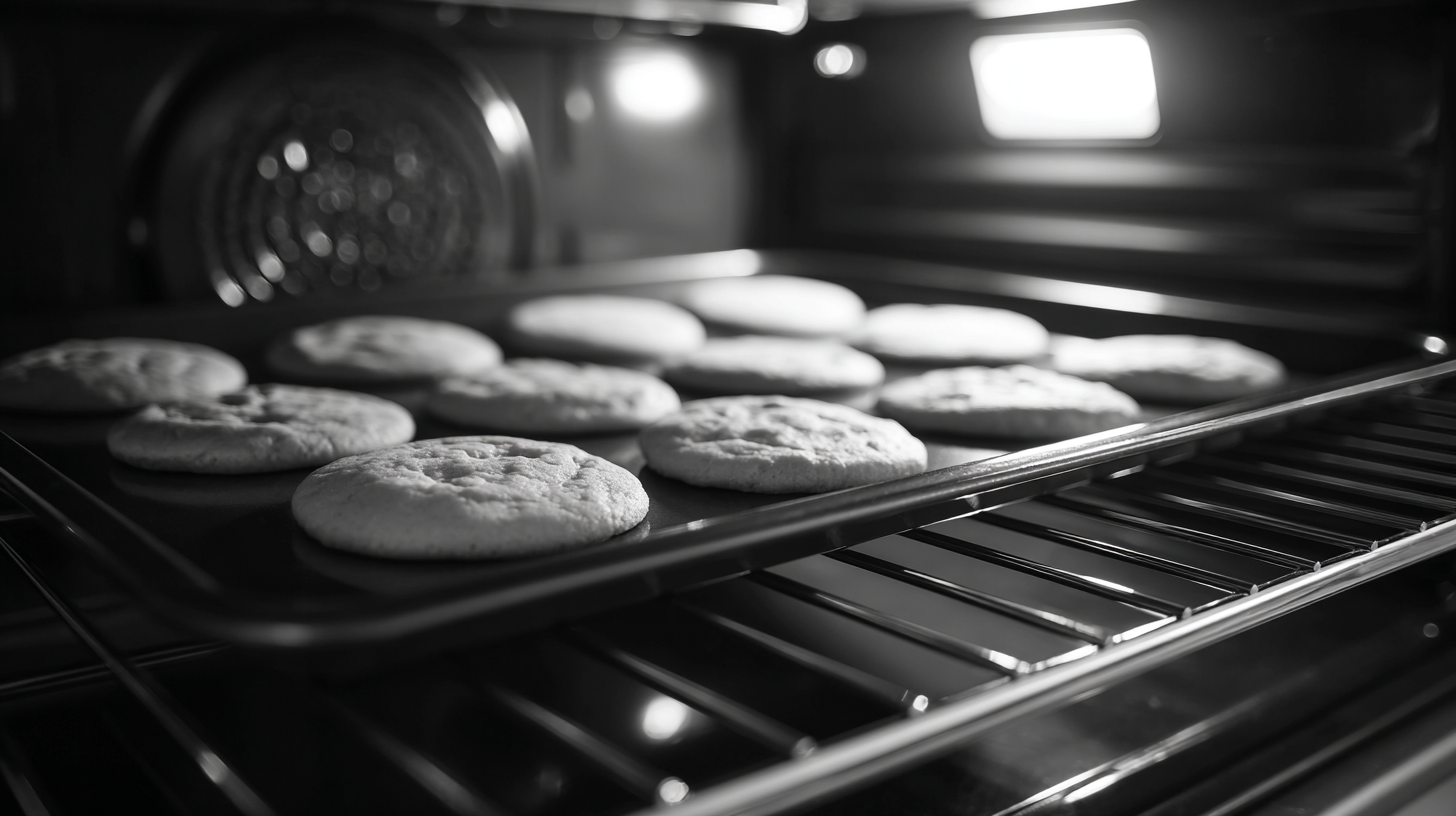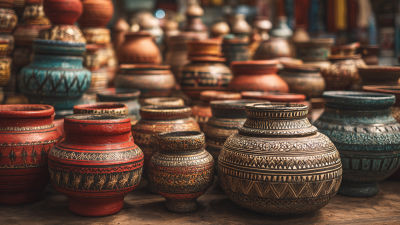When it comes to achieving culinary perfection in your kitchen, the choice of equipment plays a crucial role, and one of the most essential tools you need is the right oven baking trays. Whether you're a seasoned chef or a baking novice, understanding how to select the best oven baking trays can significantly impact your results. With the myriad of options available, it can be overwhelming to determine which trays are worth your investment. From materials that ensure even heat distribution to designs that promote easy cleanup, the right tray can make all the difference. In this blog, we will explore seven smart tips to help you find the ideal oven baking trays that cater to your baking needs, ensuring that every dish you create turns out perfectly every time.

When it comes to baking, the choice of tray can significantly impact the quality of your results. Baking trays come in a variety of materials, each with its own set of advantages and considerations. For instance, aluminum trays are popular for their excellent heat conductivity, allowing for even baking and browning. They are lightweight and generally more affordable, making them a go-to choice for many home bakers. However, they can sometimes warp at high temperatures, so it’s essential to choose high-quality options for serious baking sessions.
On the other hand, stainless steel trays offer durability and resistance to rust and corrosion. While they may not conduct heat as well as aluminum, they can withstand high temperatures without warping. This makes them ideal for recipes that require a longer baking time. For those seeking non-stick options, silicone and coated pans provide an easy release for baked goods, reducing the need for oil or parchment paper. However, care must be taken not to use metal utensils on these surfaces, as they can scratch and reduce their effectiveness over time. Choosing the right material for your baking tray ultimately hinges on your specific baking habits and preferences.
When selecting oven baking trays, one of the most critical factors to consider is heat distribution. Even heat distribution is essential for achieving perfectly baked goods, whether you're roasting vegetables or baking cookies. Look for baking trays made from materials that conduct heat efficiently, such as aluminum or stainless steel. These materials ensure that the heat is evenly spread across the surface of the tray, minimizing the risk of burnt edges or uncooked centers.

Another important feature to consider is the tray's construction and design. Rimmed baking sheets can help contain spills and prevent food from sliding off, while non-stick coatings make for easier food release and cleanup. Additionally, opting for trays with reinforced edges can increase durability, ensuring they withstand high temperatures without warping. By paying attention to these key features, you can choose baking trays that not only fit your culinary needs but also promote optimal heat distribution for consistently excellent results.
When it comes to baking, the size of your oven baking trays plays a pivotal role in achieving perfect results. Selecting the right dimensions is essential not only for fitting trays within your oven but also for ensuring uniform cooking. A tray that’s too large may block airflow, leading to uneven baking, while one that’s too small can cause overflows and messes. It’s crucial to measure your oven’s interior space before making a purchase, as different ovens can have varying dimensions.
Furthermore, the type of dishes you plan to bake can influence your choice of tray size. For example, if you often bake large sheet cakes or multiple batches of cookies, opting for larger trays will allow you to maximize space and efficiency. On the other hand, if you're usually preparing smaller portions or delicate pastries, choose trays that facilitate easier handling and serve your specific needs. By considering both your oven’s capacity and your baking preferences, you can select the perfect trays that not only fit well but also enhance your baking experience.
| Tip Number | Tip Description | Ideal Dimensions (inches) | Material Type |
|---|---|---|---|
| 1 | Select the right size for your oven | 13 x 18 | Aluminum |
| 2 | Choose trays with low sides for even cooking | 14 x 16 | Carbon Steel |
| 3 | Consider the weight of the tray | 15 x 10 | Ceramic |
| 4 | Opt for non-stick surfaces for convenience | 12 x 12 | Non-stick Coated Steel |
| 5 | Verify oven compatibility for oversized trays | 16 x 24 | Stainless Steel |
| 6 | Choose trays with raised edges to prevent spillage | 18 x 12 | Glass |
| 7 | Look for easy-to-clean materials | 14 x 16 | Silicone |
Baking trays are essential kitchen tools that, when properly maintained, can significantly enhance your baking results. According to a recent study by the Culinary Institute of America, maintaining your baking trays can improve their longevity by up to 50%. One of the crucial aspects of caring for your baking trays is to keep them clean and free from food residue. After each use, it is beneficial to hand wash them with mild detergent and warm water, avoiding harsh scrubbing pads that can damage the surface. Research indicates that non-stick surfaces can deteriorate more quickly when exposed to abrasive materials, so gentle cleaning is key.
Additionally, storing your baking trays properly can prevent warping and damage. The American Society for Testing and Materials suggests stacking trays with parchment paper in between to avoid scratches and sticking. Furthermore, it’s essential to avoid using metal utensils on non-stick surfaces, as this can lead to chipping and loss of performance. By following these maintenance tips, you not only prolong the life of your baking trays but also ensure consistent baking results, allowing you to achieve that perfect golden crust or evenly baked pastry every time.
This chart represents the importance level of various factors to consider when choosing baking trays, measured on a scale from 1 to 10. As seen, the material quality and durability are the highest priority for achieving perfect results in baking.
When it comes to achieving perfect baking results, the choice of oven baking trays plays a critical role. According to a report by the American Baking Institute, nearly 70% of baking failures can be attributed to improper equipment, highlighting the importance of selecting the right tray. Popular brands such as USA Pan and Nordic Ware have created a strong reputation in the market, known for their durable materials and excellent heat distribution. These brands utilize heavy-gauge aluminum, which not only resists warping but also promotes even baking, essential for cookies and pastries alike.

In recent years, ceramic and silicone baking trays have also gained traction among home bakers, with consumer reports indicating that silicone options lead to 25% faster cooking times due to their superior heat conductivity. However, ceramic trays often provide a more aesthetically pleasing presentation, making them a favorite for serving directly from the oven to the table. It is important, therefore, for bakers to consider their cooking style and preferences while navigating the myriad of options available to find the best baking trays that help achieve delicious, evenly baked results every time.





